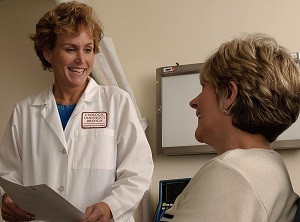Q- A 61-year-old man presents to the clinic due to dyspnea on exertion and palpitation for the last year. Last week, he started to feel chest pain when he was ascending a flight of stairs. He smokes a pack of cigarettes a day for 40 years. His vital signs are pulse 88, blood pressure 156/96 and his respiratory rate is 12/min.
Laboratory tests show high LDL cholesterol and low HDL cholesterol.
Which of the following is the most likely vascular abnormality involved in this condition?
A- Atherosclerosis
B- Deep venous thrombosis
C- Hyperplastic arteriosclerosis
D- Medical calcific sclerosis
Q- A 58-year-old woman was hospitalized for 10 days after cholecystectomy. Today, examination reveals swelling and tenderness of her right leg. Diagnosis of femoral vein thrombosis is confirmed. Which of the following is the precipitating factor most likely contributes to this condition?
A- Effect of medications
B- Immobilization
C- Septicemia
D- Surgical complication
Q- Gilbert syndrome may manifest only as jaundice. 30% of patients are asymptomatic.
Which of the following findings is most likely in a patient with Gilbert syndrome?
A- Decreased activity of UDP glucuronosyltransferase
B- Decreased serum unconjugated bilirubin
C- Increased activity of alkaline phosphatase
D- Increased formation of gall stones
